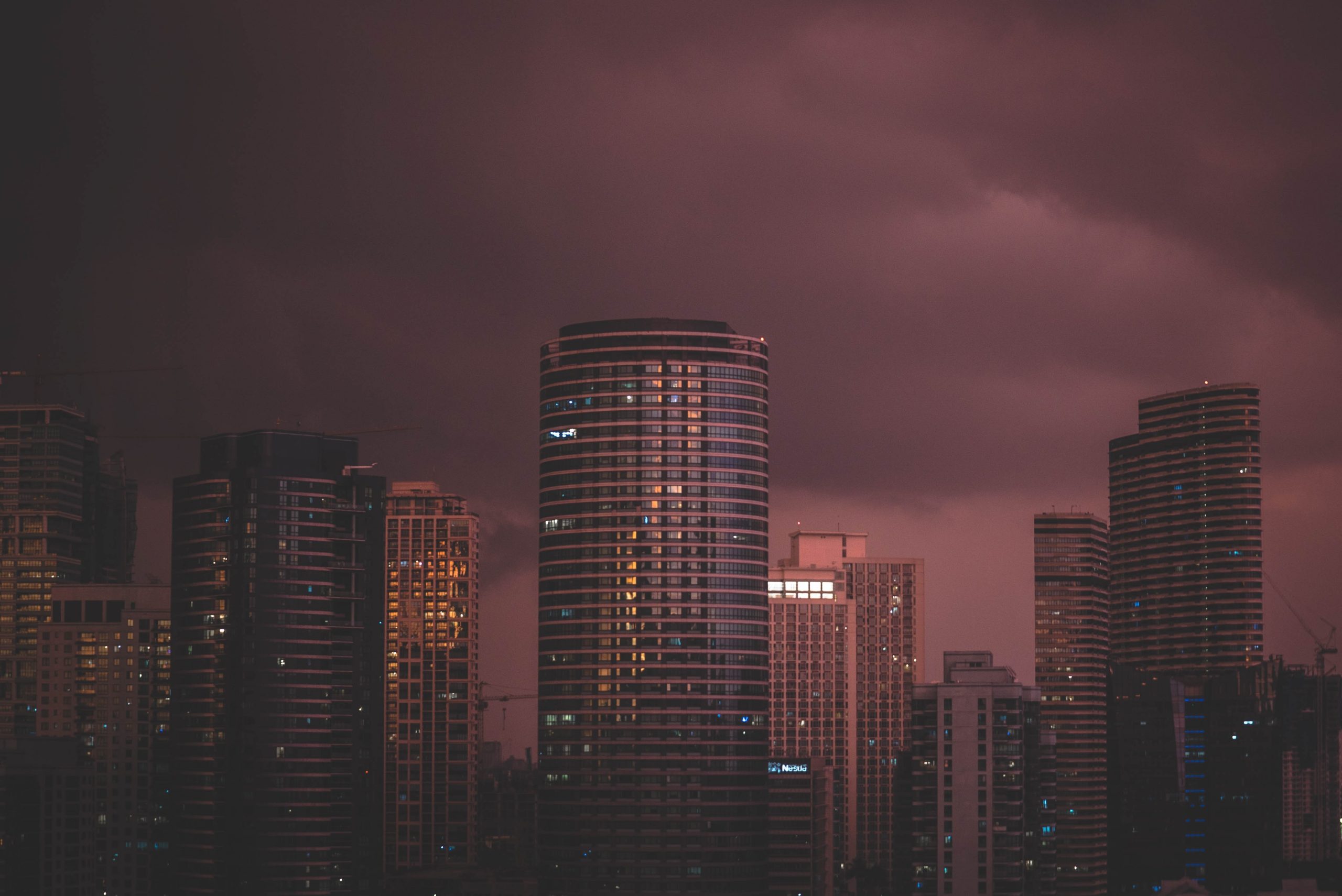The Ongoing Saga of Replacement of Cladding with Non Combustible Cladding

Victoria is the only state to this point to allocate funding of $600 million to the rectification of buildings with combustible cladding. The Victorian Government will also undertake a review of the state’s Building Act to identify what legislative changes are required to better protect consumers.
It seems however, owners of apartments may have to temporarily fund the removal of cladding to remove the cladding and for it to be replaced with non combustible cladding.
Back in July 2019, the Victorian Premier, Daniel Andrews announced the government would set aside $600 million to remove unsafe cladding from high risk buildings.
The reality is that apartment owners are continuing to receive building orders saying that they must remove the cladding and replace with non combustible cladding at their own expense.
Some councils are even threatening legal proceedings if the cladding isn’t removed by October 2020.
The scope of expense to remove the cladding varies by the type and severity of the building but can range anywhere between $20, 000 to $100,000+
Up to 500 buildings in Victoria are considered high risk. Of those deemed to be a risk, 72 were rated as an extreme risk, 409 as a high risk and 388 considered a moderate risk.
Cladding Safety Victoria will manage the grants, which will fund rectification work on hundreds of buildings with high-risk cladding to ensure they are safe and comply with all building regulations.
It seems, however that Cladding Safety Victoria are moving at a very slow pace which will leave owners to have to fork out to remove the cladding and be reimbursed later, leaving owners out of pocket for an unknown timeframe. It is worrying for owners that the CSV won’t assess their building prior to the expiration of their building orders.
The $600 million funding is understood to go towards:
- Project management support
- Professional design services
- Building surveying
- Permits and approvals
- Building materials and rectification works.
Dan O’Brien, the newly appointed CEO of Cladding Safety Victoria has said the funding is only to fix the buildings with the highest risk and their intention is to focus on those buildings. If the buildings are not high-extreme risk, the owners will have to foot the bill.
Mr O’Brien says those in lower risk buildings should work with their local council to comply with any building notices. This does not generate a simple solution to a very complex situation and words like this are no help to owners, but if they don’t comply the fines are hefty.
At this point it is unclear just how many buildings will not qualify for funding, however following on from the Victorian audit it has been confirmed that upwards of 850 buildings have been rated as between extreme and moderate risk.
It seems, that for owners, what is being said in public forums is different to the reality of what owners are actually facing which is having to somehow fund a very costly and unforeseen situation.
Unfortunately, many of these buildings have been previously deemed as safe and it is through no fault of the owners that this situation has occurred. It is a very difficult and unfair situation.
The oppositions planning spokesman believes that $600 million is not realistic in providing funding relief and should be $2 billion.

Unfortunately there are thousands of Victorians whose properties have declined in value as they are now deemed part of the VBA’s list of buildings at high risk. Many owners have attempted to provide documents but there is no engagement forthcoming.
The list of buildings is unfortunately unavailable to the public, the reason the government is not releasing the list is that they claim it will put those buildings at risk of arson.
There are cases where clear documents have been provided of when buildings were completed in 2013 showing that the cladding was compliant with Australian standards and building code, but now those buildings have been deemed medium risk.
One building consultant, Sahil Bhasin from Roscon, said it was unlikely that the building would meet the necessary standards to be removed from the authority’s list. But the lack of information he had seen in so many cases sent owners into meltdown.
